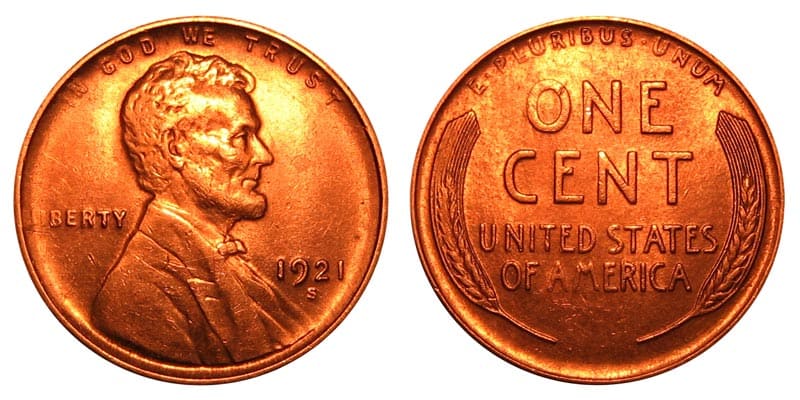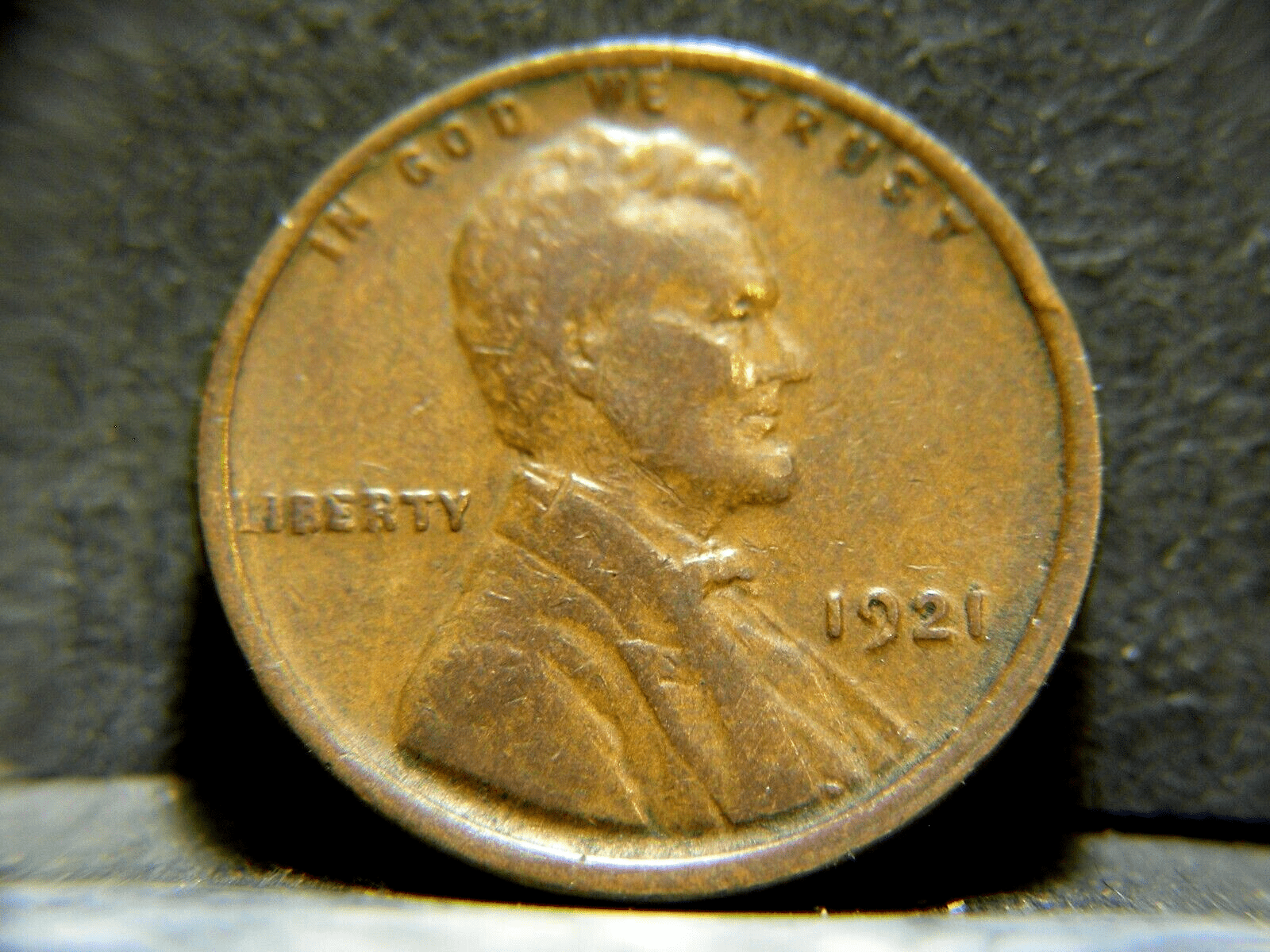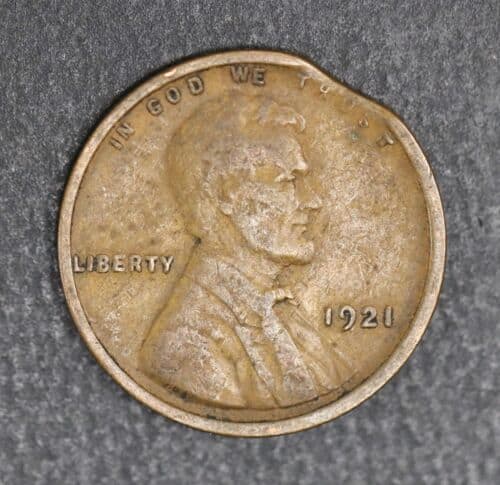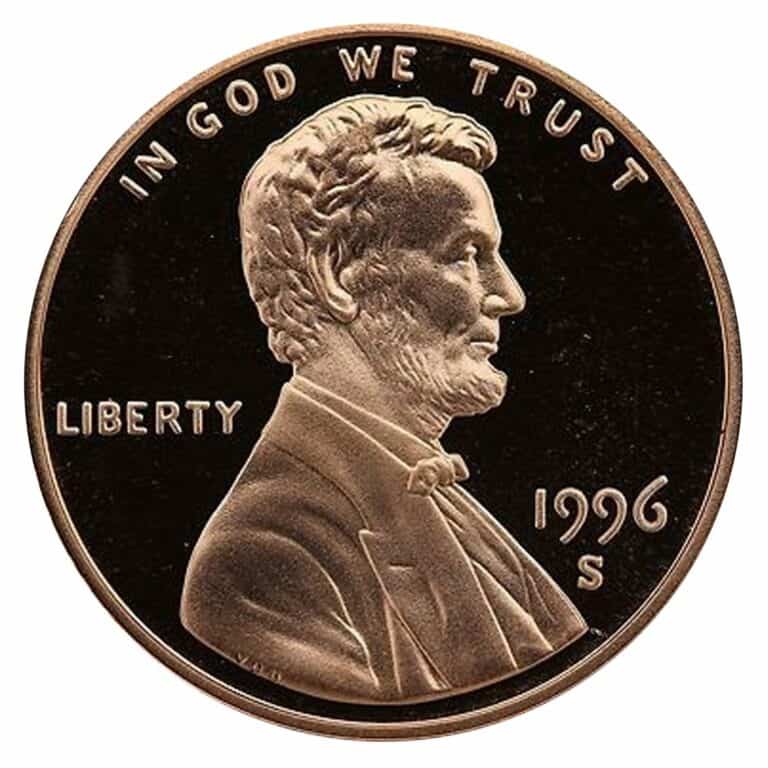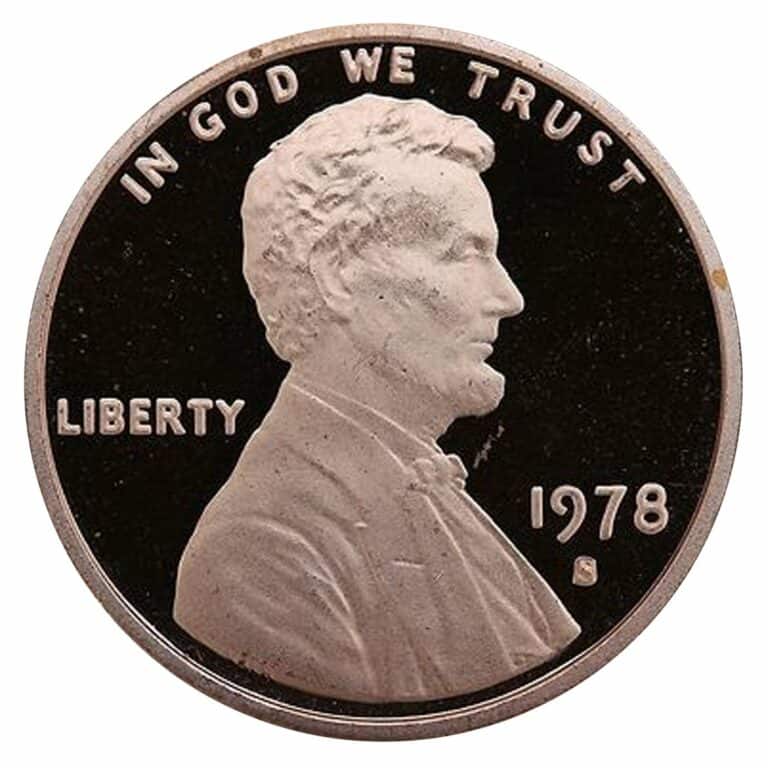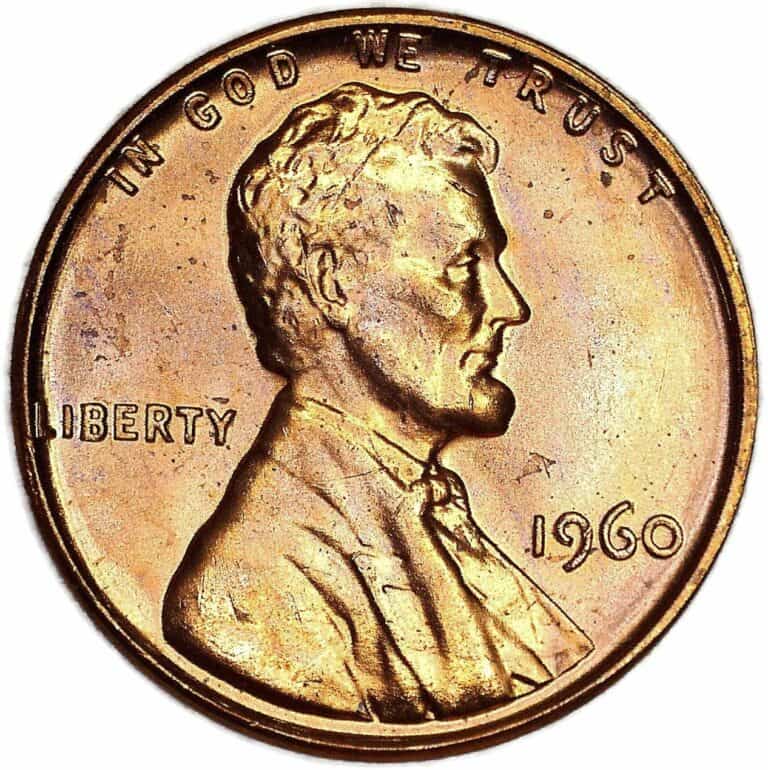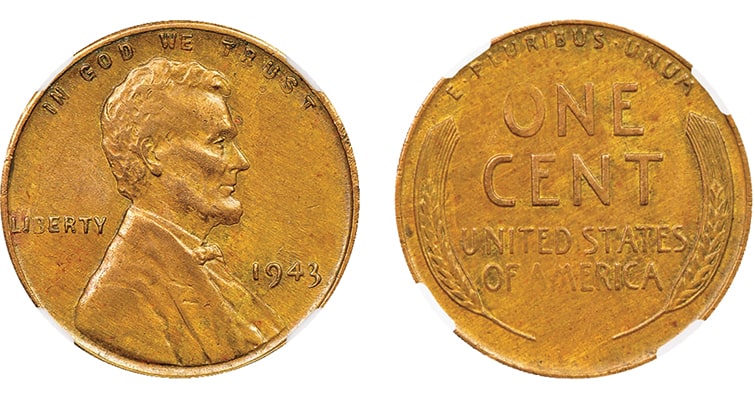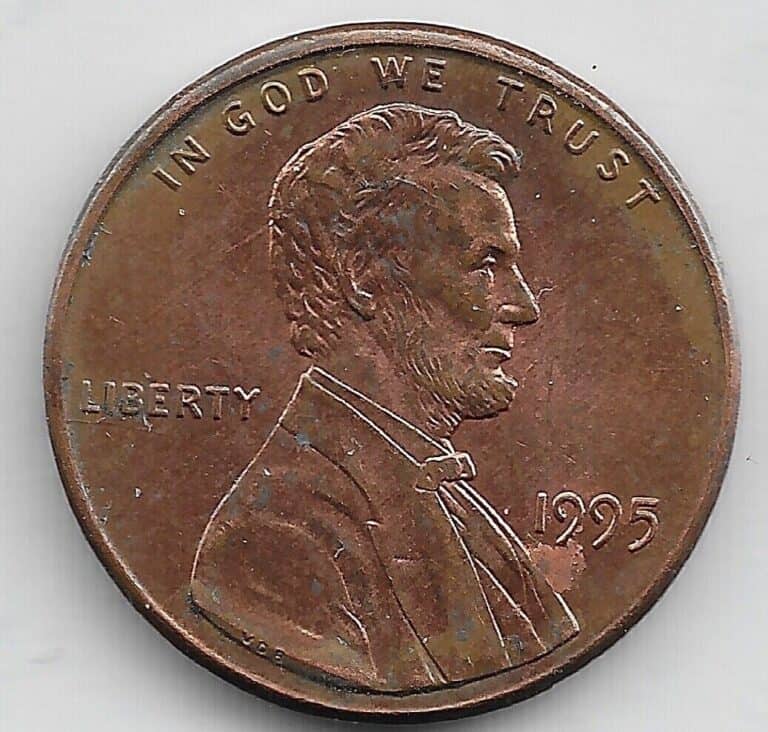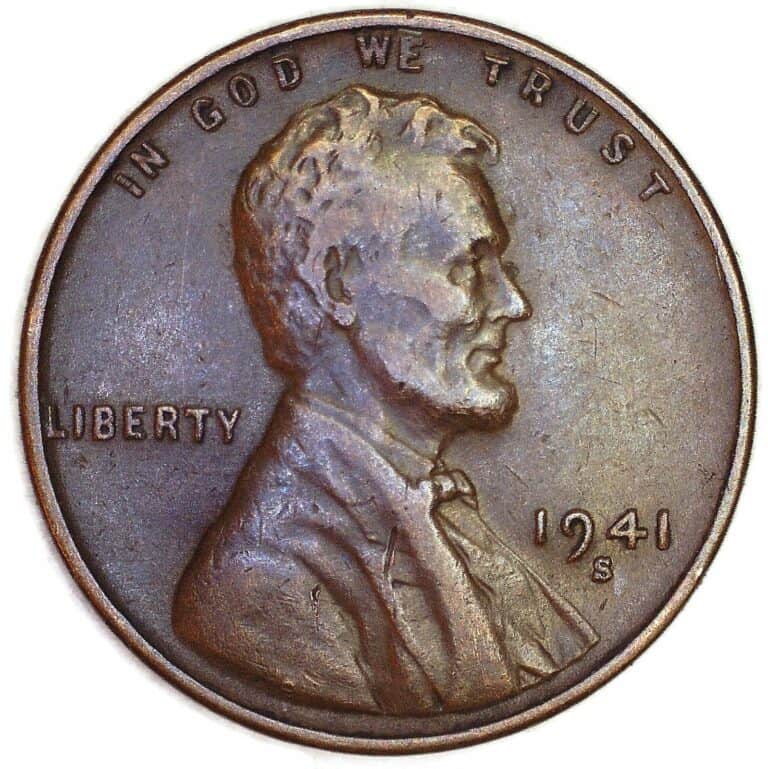1921 Penny Value: How Much Is It Worth Today?
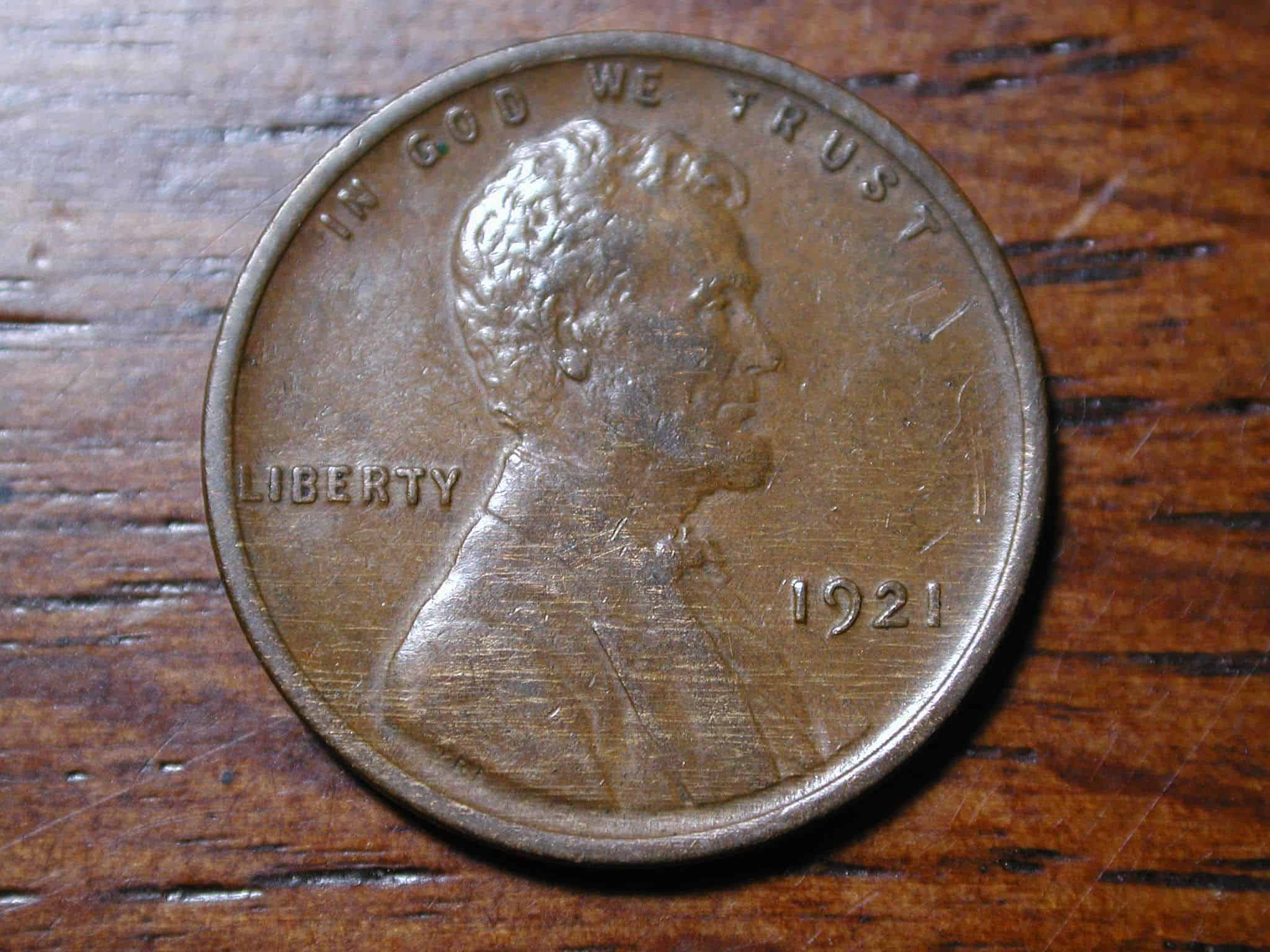
Do you have a 1921 penny sitting in your coin collection set? Have you ever wondered how much it’s worth?
Even though the penny resembles the modern-day circulating cent-coin, it holds incredible value to coin collectors. Some 1921 pieces are worth thousands of dollars, with rare varieties selling for as much as $36,000. Pretty cool, right?
Sure, this coin holds no historical significance. But that does not make it any less valuable. Surprisingly, the 1921 penny is highly sought-after by enthusiasts and collectors, thanks to its distinctive design and low mintage.
However, before you go rushing to cash in your coin, there are a few things you need to learn to ensure that you get the most money out of your 1921 penny.
In this comprehensive guide, we will dive into the universe of the 1921 penny, exploring its mintage, mint locations, market value, and varieties.
Continue reading to discover the fascinating details about this Lincoln wheat penny.
1921 Penny Value Chart |
||||
| Mint Mark | Condition | |||
| Good | Fine | Extremely Fine | Uncirculated (MS65) | |
| 1921 “no mint mark” penny value | $0.50 | $1 | $15.50 | $155 |
| 1921 “S” penny value | $2 | $4 | $45 | $850 |
1921 No Mint Mark Penny Value
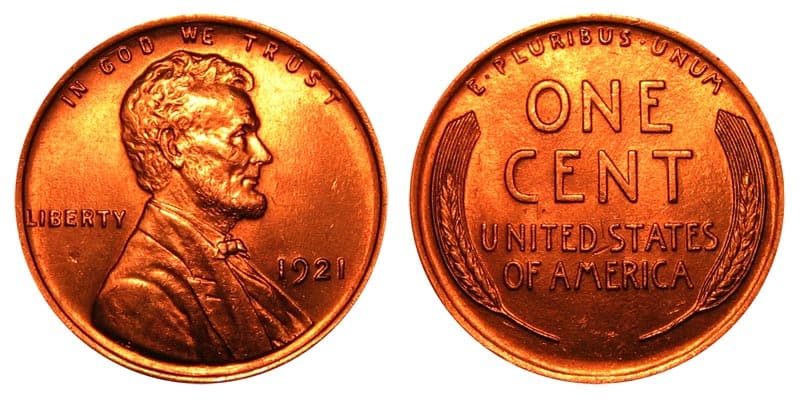
Having pushed through the redesign of the double eagle, eagle, half eagle, and quarter eagle coins in 1908, President Roosevelt shifted his attention to the Indian Head penny.
For a long time, Americans desired a coin that could honor the 16th president of America, Abraham Lincoln. But this was impossible because it meant breaking a tradition dating back to 1789.
For over a century, no regular-issue circulating U.S. coinage featured depictions of an actual person. So, when the idea of the Lincoln coin arose, most traditionalists opposed it. However, Roosevelt already had plans to commemorate his fellow Republicans.
In late 1908, the president met with sculptor Victor David Brenner, who designed the 1907 Lincoln Plaque and Panama Canal Commission medal.
While there’s no record of their conversation, numismatics believe the two discussed plans for the Lincoln coin. Later on, Brenner submitted his proposed designs for the Lincoln coin, which the president liked.
In 1909, Mint Director Frank A. Leach hired Brenner to design the Lincoln Cent. Chief Mint Engraver, Charles Barber, had his reservations, but he had no choice but to work with the designer.
For the obverse, Brenner included a bust of Lincoln facing right. In the final design, however, the mint director lowered Lincoln to make him appear centered in the coin.
He also engraved the motto IN GOD WE TRUST above the portrait, marking the first time this motto appeared on a cent. The inscription LIBERTY and the production date (1921) flanked the profile to the left and right, respectively.
The reverse of the Lincoln penny featured two sheaves of durum wheat, framing the words UNITED STATES OF AMERICA and the denomination ONE CENT. The Latin motto E PLURIBUS UNUM curves across the top curve of the penny.
After the first decade of the wheat penny series, the 1921 wheat penny emerged. Interestingly, two centers struck these coins that year: the Philadelphia and the San Francisco mint. In Denver, the mint focused on producing the Peace Dollar, a silver coin designed to recognize post-WWI peace.
In Philadelphia, the minting facility produced 39,157,000 wheat pennies, a significant drop compared to the previous year. This is understandable, considering the Lincoln cents already in circulation proved sufficient to satisfy demand.
Philly-minted pennies are easy to identify since they come with no mint marks. Most 1921–no mint mark pennies have seen their fair share of circulation. Because of this, heavily worn-out pieces are readily available. In fact, some examples show extreme damage and are only worth their weight in copper.
In good condition, values range from $0.05 to about $0.75. Specimen graded as fine or extremely fine trade for between $1 and $15.50.
Due to a restricted budget imposed by the government agencies, the Philadelphia Mint used worn dies, resulting in poorly struck Lincoln cents. As such, mint state gems are quite rare and expensive.
Typically, uncirculated specimens cost anywhere from $33 to $115. But mint stated red pennies with no mint mark sell from $155 -for lower-end pieces. The finest pieces can fetch at least $30,000 in the open market.
In 2019, a fully red gem graded by PCGS at mint state 68 sold for $36,000. What’s more shocking, the same 1921 wheat penny bagged $55,000 in 2005.
1921 S Penny Value
Numismatics consider 1921 as one of the lowest mintage years for wheat pennies. Like the Philly mint, the San Francisco mint recorded a low production of 1921 pennies. It only produced 15,264,000 units marked with the “S” mint mark.
Although these coins are not really “scarce” per se, a good number exist in lower grades. Fully red gems of this date are super hard to find, but mint-state examples exist.
Another thing to note is some 1921 -S Lincoln cents have some peculiarities. Since the mint used damaged dies to strike during production, some pieces have a poor strike, while others have shallow mint marks punched close to the date. The mint marks are usually invisible on worn coins.
Because of the low production, most 1921 S coins carry a premium. For example, pieces graded as “Good” can trade for as much as $2, a difference of $1.50 compared to Philadelphia pennies in the same category.
Well-preserved circulated pieces can cost even double or triple the price. According to NGC, a 1921 -S coin in fine condition can cost between $4 and $10. Coins that retain fine lines above the wheat stalks can reach higher values, with some trading for $30 to $45.
Uncirculated examples with minimal contact marks and blemishes have a premium value ranging from $75 to $450. At mint state 65, a 1921 -S coin can reach upwards of $850.
Rare pieces maintain their original red mint luster and lack of surface marks or scratches. This specimen can set you back around $500 to $10,000.
1921 Penny Grading
Without a doubt, the 1921 penny is a valuable specimen, especially in mint state condition. But the only way to discover the true value of your coin is through grading.
Most people use reputable third-party grading services, like PCGS, NGC, and ICG get their coins graded and authenticated. The higher the grade, the more money collectors are willing to pay.
Although you might need the help of a grading company to grade your 1921 penny properly, the YouTube clip below will provide you with a general idea of wheat penny grading.
Perhaps the most accepted grading system across the world is the Sheldon System, developed in 1949 by Numismatic Dr. William Sheldon. It involves looking at a coin’s luster and strikes and then assigning it a grade from 1 to 70.
Here is an outline of the 1921 penny grades and what they mean.
Good
A good grade typically means the 1921 penny has spent years in circulation. As a result, it shows signs of heavy wear and damage on the surface. From deep scratches to distracting contact marks, it’s clear the penny exchange hands often over a long period.
Nevertheless, the outline of some design elements remains visible. The same applies to the date and lettering, though they might seem slightly smoothed out.
In the portrait, expect to see details on Lincoln’s coat and the upper part of his hair. On the reverse, the coin will also retain some details, i.e., the grains of wheat might be visible.
Fine
Wheat pennies graded as fine have been in circulation for a while but managed to maintain their condition. Nevertheless, these pieces are not free from scratches and marks. Also, expect to see some smoothing of the outer edges.
Major design elements like Lincoln’s coat and lapel might show signs of flattening. The lettering, including Liberty and In God We Trust remains clear and visible. These Lincoln cents also have a visual appeal.
Extremely fine
An extremely fine 1921 penny spent limited time in circulation. Therefore, it shows moderate to minor signs of wear on the high points.
Lincoln’s head might have a slight flatness, but it maintains all details, including his hair and face. In addition, all major design element remains bold and defined.
Overall, the penny appears nearly perfect and attractive.
Uncirculated
An uncirculated or mint state 1921 penny never spent time in circulation. That means it’s free from any wear on its surface and maintains its original bright red color or brassy luster.
Nonetheless, minor abrasions, scratches, and contact marks are not uncommon in Lincoln’s hair or the lines of the wheat ears. But you can only detect them under magnification or when you tilt the coin under a light.
Uncirculated Lincoln cents are generally beautifully toned and have an outstanding eye appeal, one of the main components of coin grading.
Rare 1921 Penny Error List
Even though most 1921 Lincoln pennies were poorly struck, they have no major errors and varieties, unless post-mint errors. However, there are a few common mint errors collectors should look for in their coins, including:
1921 Penny Off-center Error
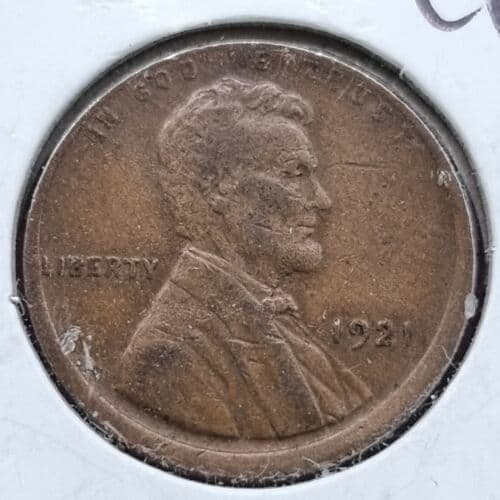
As the name suggests, an off-center error is a minting error where the penny’s design (on one side or both sides) is not positioned symmetrically with the center. So, instead of having a nice, balanced design, the image of Lincoln or wheat stalks appear off-kilter.
The error occurs when the punching machine does not align properly with the coin during minting. As a result, it punches the design off-center, leaving a section of the coin surface blank. Depending on the degree of the off-center, the wheat penny can be worth a good chunk of change.
1921 Penny Broadstrike Error
Have you ever seen a Lincoln wheat penny that seems flattened or stretched out weirdly? There’s a good chance that’s a Broadstrike error.
During minting, the coin is held in the proper place by a retaining collar to prevent its edges from spreading out too far. But if the coin gets struck without the collar, it can come out thinner and look distorted. Sometimes, the design can partially or completely go off the edge. But collectors prefer coins, with a complete or clear design.
If you find this error coin, you could sell it for some serious money. So, be on the lookout for any 1921 penny that looks misshapen or wonky!
1921 Penny Clipped Planchet Error
A clipped planchet error refers to an error coin with a flat, crescent-like edge. It occurs when the cutting machine accidentally cuts off or clips a portion of the blank planchet used to make the coin before its stamped. This results in a coin with a section of its edge missing.
A clipped planchet error coin could be worth more than its metal value, especially rare pieces in mint state. So, keep an eye out for such pennies.
1921 Penny FAQs
How much is a 1921 penny worth?
As a rough estimate, the value of the 1921–no mint mark penny in average condition is somewhere between $0.50 to $15.50. In certified mint state conditions, the value can rise to as much as $155 in the open market. As for the 1921-S penny, the coin costs between $2 and $45 in average condition and around $230 in uncirculated condition. Perfect pieces with red luster can trade anywhere from $500 to $10,000.
What is the most valuable 1921 penny?
Below is a list of the most valuable 1921 pennies:
- 1921–S, MS65, Brown sold for $3,120 in 2022 at Stack’s Bowers
- 1921–S, MS68, Red sold for $55,200 in 2005 at Heritage Auctions
- 1921–S, MS65, Red sold $27,600 in 2004 at Heritage Auctions
- 1921- S, MS66, Red, and Brown sold for $9,000 in 2022 at Heritage Auctions
- 1921, MS66, Red and Brown sold for $588 in 2018 at Heritage Auctions
- 1921, MS64, Brown sold for $433 in 2010 at Bowers & Merena
What is the composition of the 1921 penny?
From 1909 to 1982, the Lincoln pennies (wheat reverse) maintained the same metal composition of 95% copper and 5% tin and zinc, expect in 1943. In addition, the 1921 penny comes with a smooth, plain edge and has a diameter of 19.05mm (0.750 inches).
